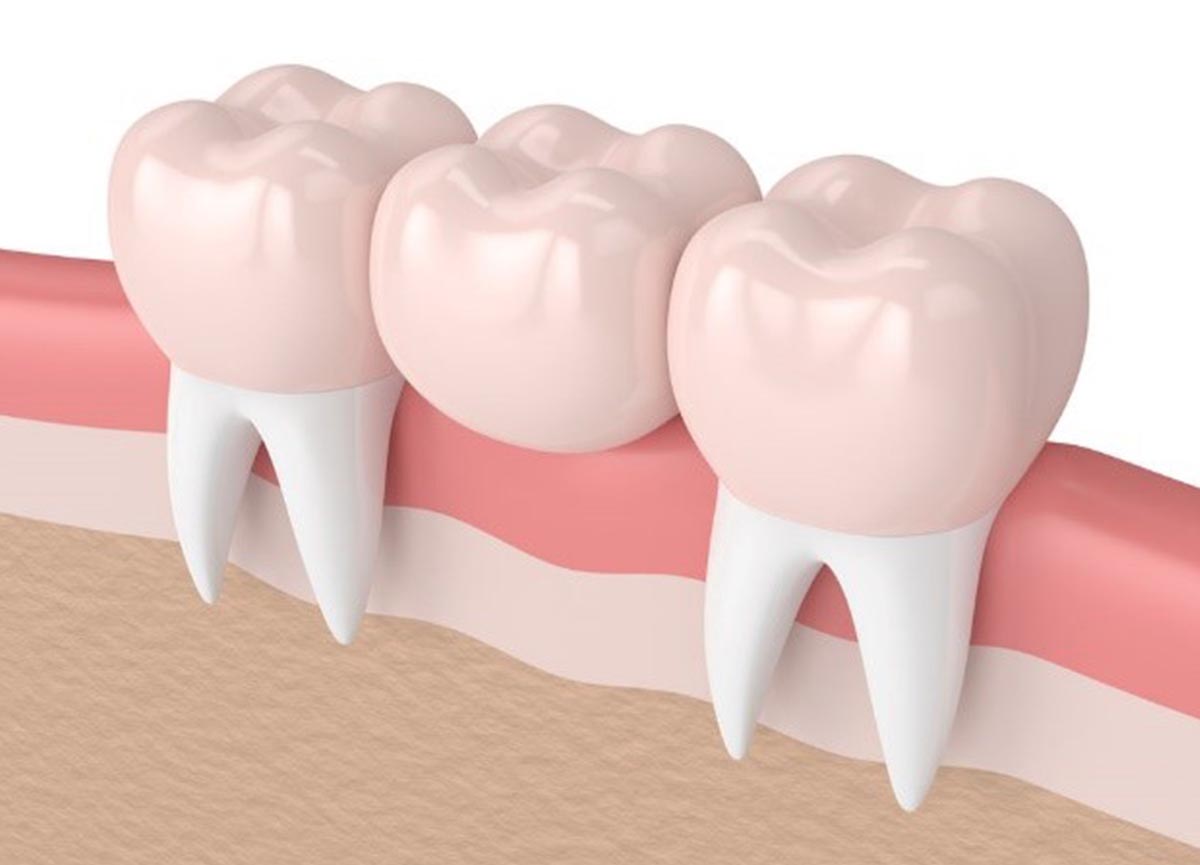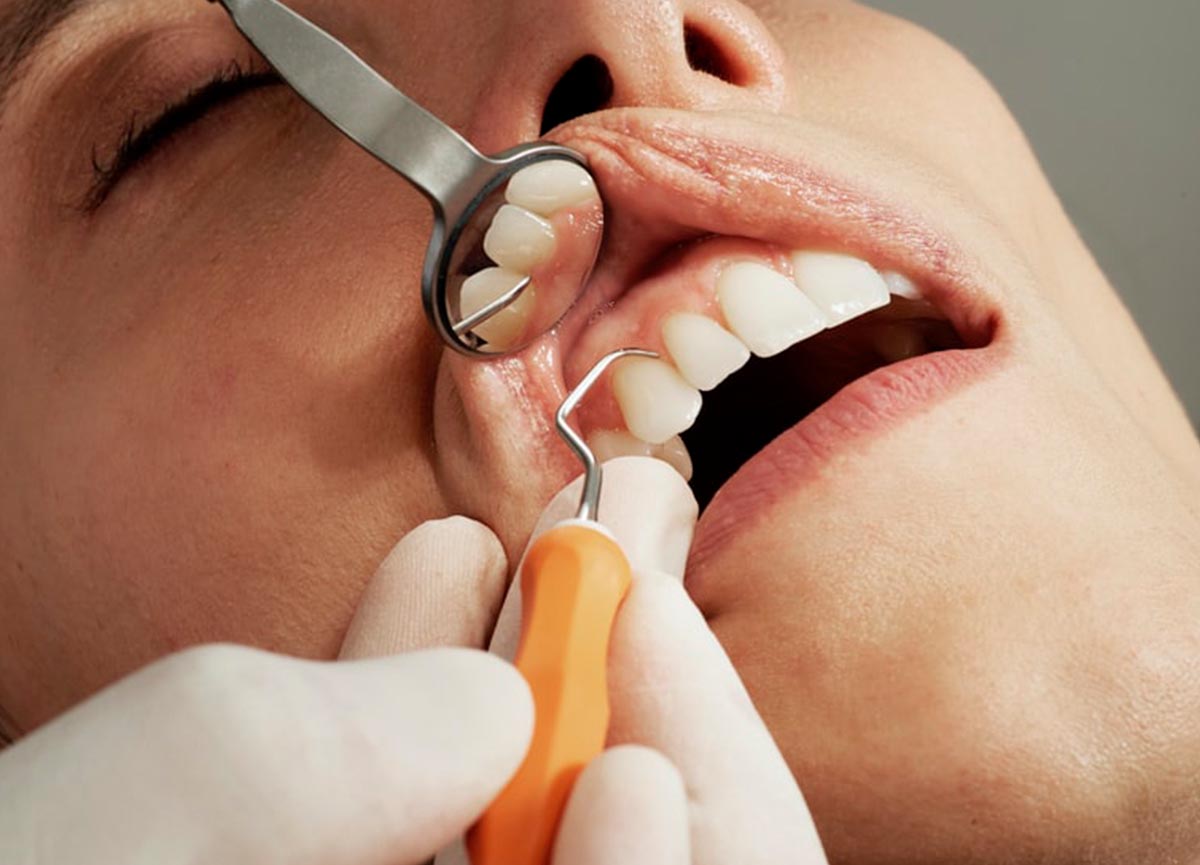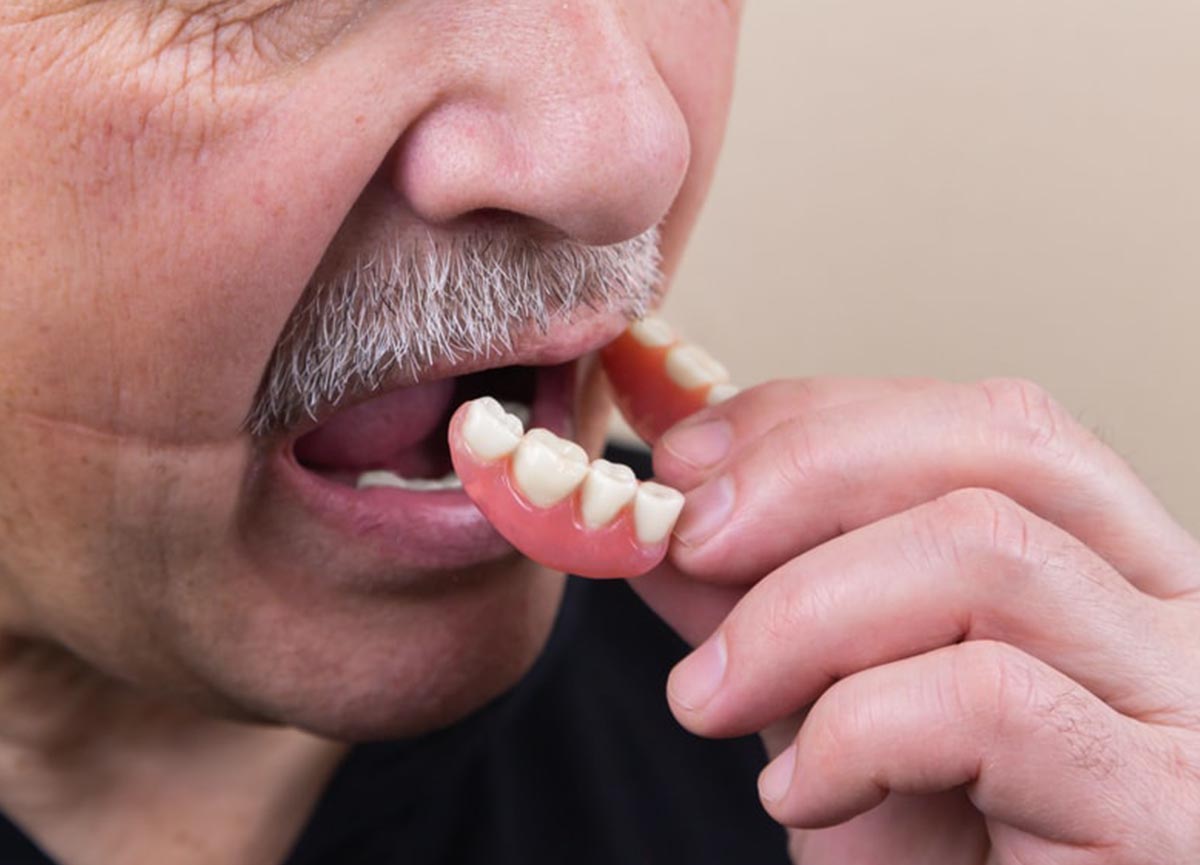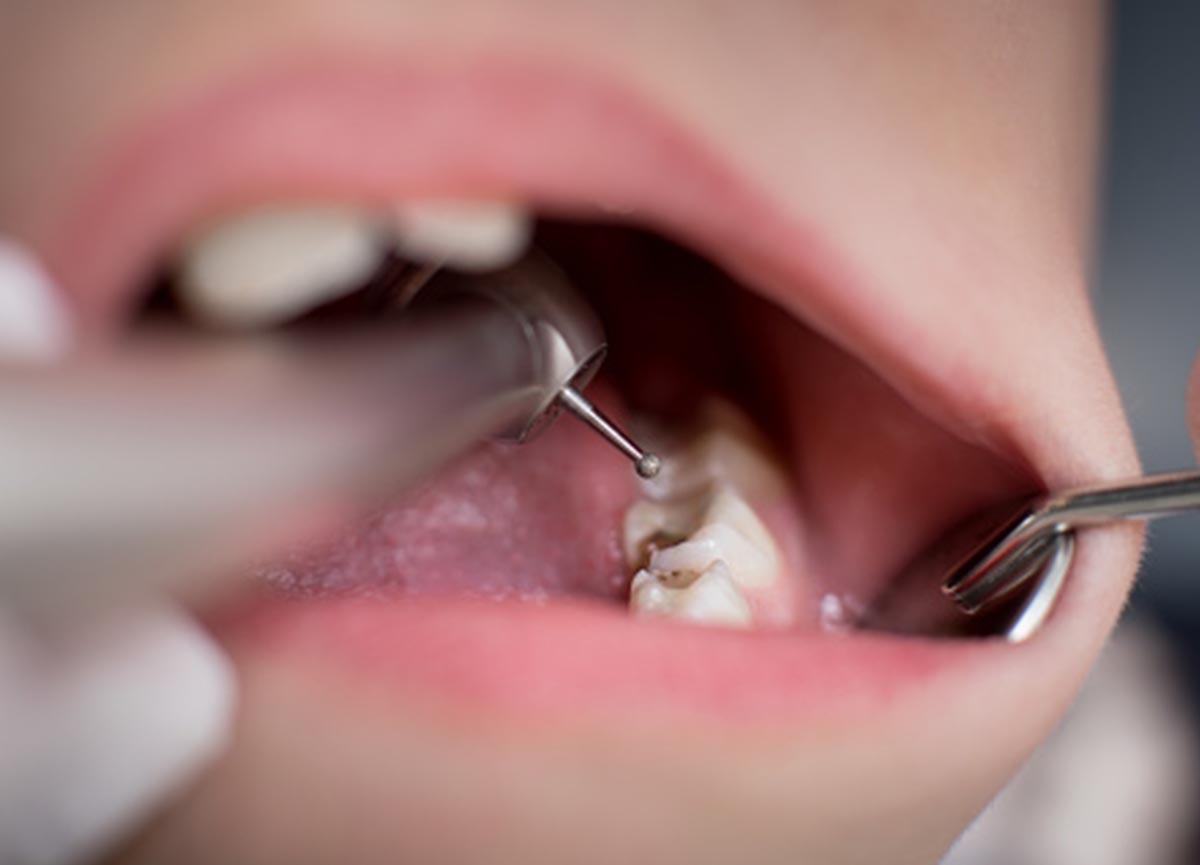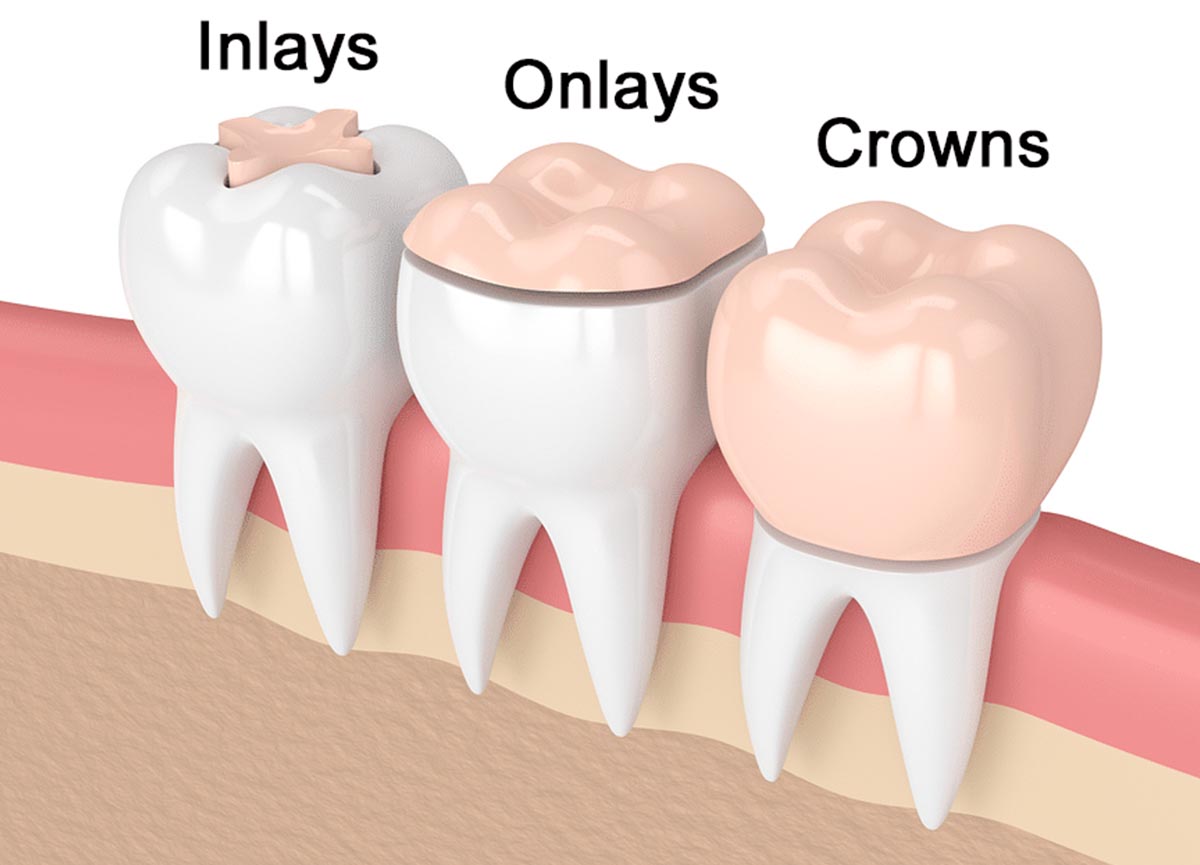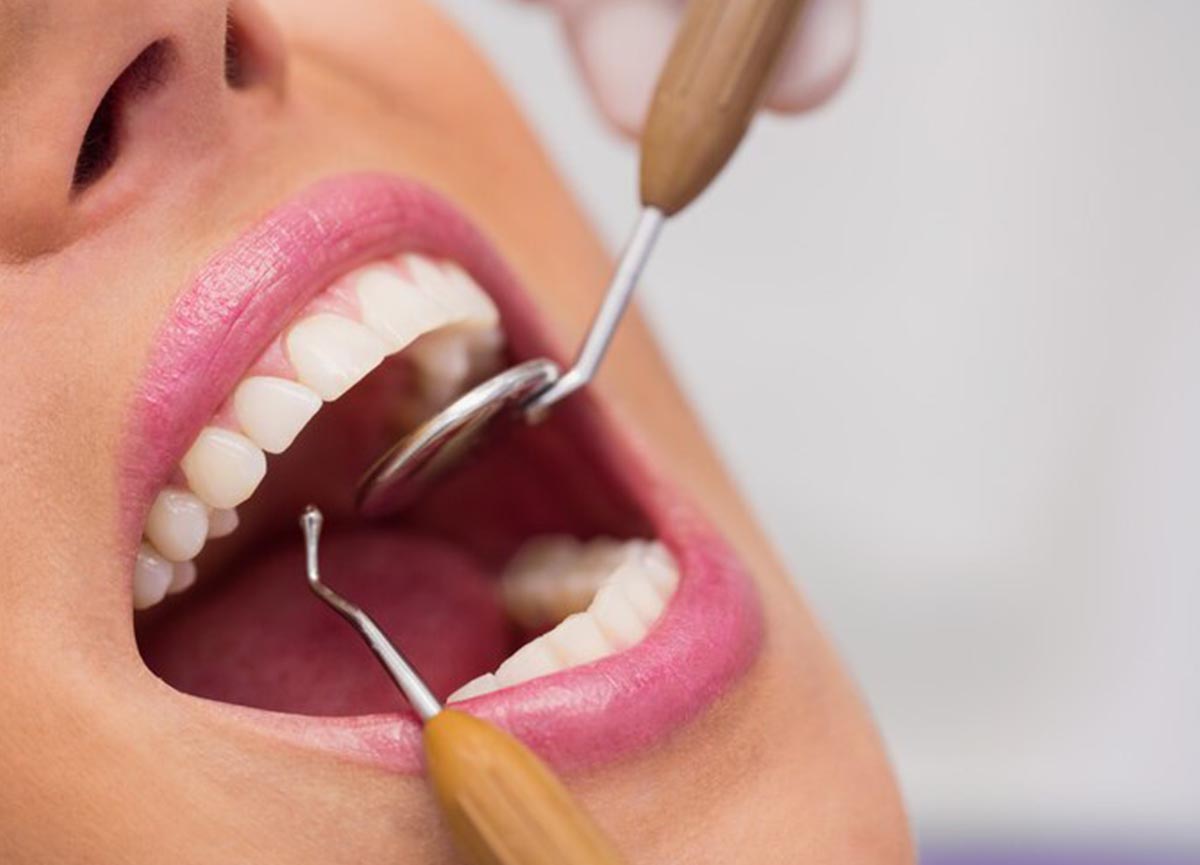What is a dental crown?
A crown is a tooth-shaped cap that is placed over the entire visible portion of your tooth. It’s a permanent solution for a damaged tooth and once it’s fixed in place, a crown will look, feel and function just like any other tooth. Crowns are usually needed if you have a damaged or weakened tooth that cannot be fixed with a filling.
What happens during a dental crown procedure?
After reshaping the tooth, a paste or putty is used to make a copy (also called a impression) of the tooth that’s going to receive the crown. Impressions of the teeth above and below the tooth that’s getting the dental crown will also be made.
Is a dental crown a permanent solution?
It’s a permanent solution and once it’s fixed in place, a crown should look, feel and function just like any other tooth. Crowns are usually needed if you have a damaged or weakened tooth that can’t be fixed with a filling.
patients are able to choose the type of crown they require, options may include:
Do You Require a Tooth Crown?
It can often be unclear as to whether you require a dental crown or not. Before you receive treatment, your dentist will assess your mouth and the condition of your affected tooth to determine the most appropriate course of treatment.
Some of the most common reasons for dental crown implants are:
- For aesthetics (if the tooth has become damaged through accidental trauma)
- When the tooth has become weak due to decay or a cavity
- To recover an implant
- To replace a large filling
- To cover and protect a damaged, natural tooth
- To protect a tooth post root canal
- To align your bite (if you suffer from malocclusion)

